Nestled along the northwestern coastline of Luzon, the Ilocos Region of the Philippines stands as a testament to the country’s rich historical heritage and breathtaking natural beauty.
With its picturesque landscapes, architectural marvels, and culinary delights, Ilocos Region has become a must-visit destination for travelers seeking an authentic and immersive experience.
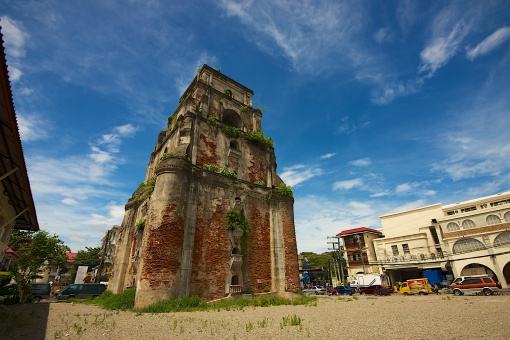 |
| The Sinking Bell Tower in Laoag City, Ilocos Norte |
Let’s embark on a journey through this enchanting region, where the past seamlessly merges with the present, creating an atmosphere of timeless harmony.
Ilocos Region in Details
Country: Philippines
Island Group: Luzon
Regional Center: San Fernando (La Union)
Largest City: San Carlos (Pangasinan)
Total Area: 13,013.60 km2 (5,024.58 sq mi)
Highest Elevation: Mount Sicapoo at 2,361 m (7,746 ft)
Population: 5,301,139 (2020 census)
Density: 410/km2 (1,100/sq mi)
Time Zone: UTC+8 (PST)
ISO: 3166 Code: PH-01
Provinces: 4
Independent Cities: 1
Component Cities: 8
Municipalities: 116
Barangays: 3,267
Congressional Districts: 12
Languages: Ilocano (Iloko), Pangasinan, Bolinao, Sambal, Kankana-ey, Itneg, Isnag, Ibaloi, English, Filipino
GDP: ₱643 billion (2021)
 |
| San Fernando City, La Union |
Loading...
WHAT TO BRING FOR ILOCOS REGION
Here are some things you might consider bringing with you for your day tour / adventure:
- Stylish face mask
- Water container/tumbler to rehydrate
- Sunscreen for skin protection
- Travel backpack / luggage
- Reusable vacuum storage packs
- Selfie stick
- Waterproof phone case
- Acion cam
- Camping tent
- WiFi kit
- Power bank
Shopee is my go-to app for things I needed like the ones above. If you'd like discounts and vouchers, you may get the best offers here:
A Tapestry of History
Ilocos Region, often referred to as the "Historical Capital of the Philippines," is a treasure trove of historical landmarks that transport visitors to bygone eras. Vigan, a UNESCO World Heritage Site, is the crown jewel of the region. Its well-preserved Spanish colonial architecture, showcased in the iconic Calle Crisologo, exudes an old-world charm that is simply mesmerizing. As you stroll along the cobblestone streets, you can’t help but feel the whispers of centuries past.
Architectural Marvels
The region boasts architectural marvels that reflect a harmonious blend of indigenous craftsmanship and Spanish influence. Paoay Church, also known as the Saint Augustine Church, is a prime example of Baroque architecture with its massive coral stone buttresses and intricate facade. The Sinking Bell Tower, standing proudly despite its unusual inclination, adds an element of mystery to the architectural landscape of the region.
Natural Wonders
Beyond its historical significance, Ilocos Region is blessed with natural wonders that captivate the soul. The Bangui Windmills, a series of majestic wind turbines standing sentinel along the coast, harness the power of the wind while providing a scenic spectacle. The serene Kapurpurawan Rock Formation, sculpted by the elements over centuries, is a testament to the beauty of nature’s artistry.
Culinary Delights
No journey through Ilocos Region is complete without savoring its delectable cuisine. Empanada, a savory pastry filled with a flavorful mixture of ground pork, vegetables, and spices, tantalizes the taste buds and is a beloved local delicacy.
Bagnet, crispy deep-fried pork belly, is a gastronomic delight that showcases the region’s culinary expertise. Pair these dishes with sukang Iloco (Ilocano vinegar) for an authentic culinary experience that will leave you craving for more.
Warm Hospitality
What truly sets Ilocos Region apart is the warmth and hospitality of its people. The Ilocanos, known for their friendliness and genuine smiles, welcome visitors with open arms, making them feel like a part of the community. Engaging with locals offers travelers a chance to delve deeper into the region’s culture and traditions, creating meaningful connections that last a lifetime.
Preserving Traditions
Ilocos Region takes pride in preserving its cultural heritage, evident in its vibrant festivals and traditions. The Tobacco Festival in Candon and the Longganisa Festival in Vigan are vibrant celebrations that showcase the region’s agricultural prowess and culinary traditions. These festivals not only provide entertainment but also offer a glimpse into the heart and soul of the Ilocano people.
Ilocos Region Geography
The Ilocos Region is divided into two contrasting geographical features. The Ilocos provinces occupy the narrow plain between the Cordillera Central mountain range and the West Philippine Sea, whereas Pangasinan occupies the northwestern portion of the vast Central Luzon plain, having Zambales Mountains as its natural western limit.
Lingayen Gulf is the most notable body of water in Pangasinan and it contains several islands, including the Hundred Islands National Park. To the north of Ilocos is Luzon Strait.
The Agno River runs through Pangasinan from Benguet, flowing into a broad delta at the vicinities of Lingayen and Dagupan before emptying into Lingayen Gulf.
Administrative Divisions
The Ilocos Region comprises 4 provinces, 1 independent component city, 8 component cities, 116 municipalities, and 3,265 barangays.
 |
| The Hundred Islands in Alaminos, Pangasinan 2015 |
Ilocos Region Provinces
 |
| San Juan Beach, La Union |
Languages in Ilocos Region
Ilocano is the main language of the native majority in the region, with La Union recognized it as an official language since 2012. It became widespread in neighboring regions of Cagayan Valley (Region II), Cordillera Administrative Region and major parts of Central Luzon (Region III)—where Ilocanos settled—as a lingua franca among respective Ilocano and non-Ilocano residents. Ilocano is also recognized as a minority language in Mindoro, Palawan and Mindanao (particularly in some areas in Soccsksargen), where Ilocanos had have been significant residents since the early 20th century.
Ilocano is the third most widely spoken language in the Philippines, estimating 11 million speakers as of 2022. The language has many speakers overseas, including the American states of California and Hawaii.
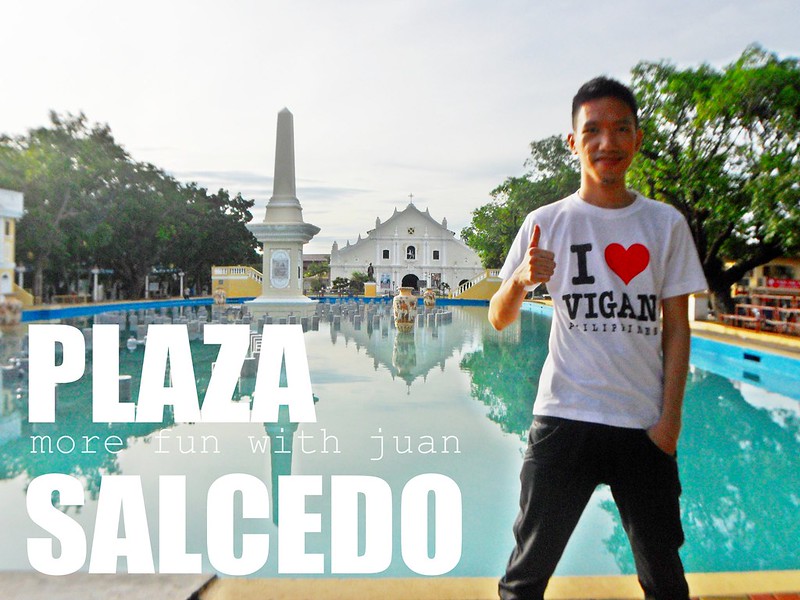 |
| Salcedo Plaza in Vigan City, Ilocos Sur |
Filipino/Tagalog and English are also spoken and understood in the region, utilized in business, education and media. Other languages spoken in the region include Pangasinan (a native language in the eponymous Pangasinan province among the ethnic group of the same name) and Cordilleran languages (near the borders of the Cordillera Administrative Region). Languages not native in the region are also spoken there such as Maranao, Maguindanaon, Tausug, Kapampangan, Cebuano and Hiligaynon to varying degrees by their respective ethnic communities within the region.
Religion in Ilocos Region
The population is predominantly Roman Catholic with strong adherents of Protestantism such as the Aglipayan denomination further north of the country where it is originated. There are also adherents to other religions, such as Iglesia ni Cristo, Mormons, and the like.
 |
| Aglipay Shrine and Mausoleum in Brgy. Aglipay, Batac, Ilocos Norte |
There is also an undercurrent of traditional animistic beliefs especially in rural areas. Islam is a significant minority religion in the region especially in some urban areas adhered by minority Maranaos and other Moro communities, with some former Christian Ilocanos converted to that religion either by study abroad or contact with Moro migrants from the southern Philippines.
Culture and Arts
The region has given birth to numerous artists who have won national acclaim - among the most notable being writer and activist Isabelo de los Reyes of Vigan who helped publish the earliest currently-extant text of Biag ni Lam-Ang; Badoc-born Philippine Revolution era activist and leader Juan Luna; and Binalonan-born Carlos Bulosan, whose novel America is in the Heart has become regarded as "[t]he premier text of the Filipino-American experience."
ATTRACTIONS TO SEE IN MANILA
Klook.comNotable People from Ilocos Region
- Elpidio Quirino, sixth President of the Philippines
- Ferdinand Marcos, tenth President of the Philippines
- Fidel V. Ramos, twelfth President of the Philippines, from Pangasinan
- Bongbong Marcos, seventeenth President of the Philippines
- Mariano Marcos, Former Congressman of the 2nd district of Ilocos Norte and Commonly known as father of Ferdinand Marcos, who was President of the Philippines from 1965 to 1986, and the grandfather of current senator Imee Marcos and the current 17th Philippine president Bongbong Marcos.
- Gregorio Aglipay, founder of the Aglipayan Church, he is from Batac, Ilocos Norte
- Manuel Arguilla, writer, patriot, and martyr during the Japanese occupation
- Salvador Bernal, his output included over 300 productions in art, film and music, and earned him the award of National Artist for Theater and Design in 2003, from Dagupan
- Gloria Diaz, Philippines - first Miss Universe from Aringay, La Union
- Victorio Edades, Father of Modern Philippine Painting. A National Artist awardee for Visual Arts (Painting) He hailed from Dagupan
- Josefa Llanes Escoda, founder of Girl Scouts of the Philippines, from Dingras, Ilocos Norte.
- Lucrecia Roces Kasilag – National Artist of the Philippines for Music, from San Ferndando, La Union
- Juan Luna, famous Filipino painter of the Spoliarium from Badoc, Ilocos Norte
- Antonio Luna, army general who fought in the Philippine–American War, He is from Badoc, Ilocos Norte.
- Antonio Mabutas – Agoo-born first bishop of Diocese of Laoag and the second Archbishop of the Archdiocese of Davao, historically noted as the first Roman Catholic Archbishop to write a pastoral letter to criticize human rights violations under the Marcos dictatorship.
- Bienvenido Nebres – Bacnotan-raised academic, National Scientist of the Philippines for Mathematics, former Provincial Superior of the Society of Jesus in the Philippines
- Armando "Mandrake" Ducusin Palabay - Filipino student leader and activist from San Fernando La Union, honored at the Philippines' Bantayog ng mga Bayani as a martyr of the resistance against the Marcos dictatorship.
- Orlando Quevedo, cardinal and third Archbishop of the Archdiocese of Cotabato. First cardinal from Mindanao. Born and spent his early childhood in Laoag, Ilocos Norte, he had been a resident in Marbel, South Cotabato until he graduated high school.
- Artemio Ricarte, Filipino general during the Philippine Revolution and the Philippine–American War
- Diego Silang, male revolutionary leader during the Spanish Occupation
- Gabriela Silang, female revolutionary leader during the Spanish Occupation
- Teofilo Yldefonso, The first Filipino and Southeast Asian to win an Olympic medal and the only male Filipino olympian to win multiple medals. He is from Piddig, Ilocos Norte.
ACTIVITIES AND TOURS IN MANILA
How to Get to and Around Ilocos Region (Transportation)
Getting to the picturesque Ilocos Region in the Philippines is a journey worth taking. Here’s a comprehensive guide on how to reach this enchanting destination, whether you're traveling by air, land, or sea:
By Air
The fastest way to reach Ilocos Region is by air. Laoag International Airport (LAO) serves as the main gateway to the region. Several airlines operate flights from Manila to Laoag. The flight takes approximately 1 hour, offering a convenient and time-saving option for travelers. Upon arrival at Laoag Airport, various transportation options are available to take you to different parts of the region.
Compare Air Fares
A quick and easy way to do this is to use flight search engines A.K.A airfare comparison sites. Get started by following the steps below:
Step 1: Visit the best flight search engines listed below (click the links to open a new tab).
Step 2: Enter your destinations and travel dates to compare airfares.
Step 3: Go back to this page and select another flight search engine.
Step 4: Repeat steps #2 & #3 until you visit all sites listed.
Step 5: Review the airfare results to find out which airline/site offers the cheapest prices. Take note of all the airlines listed. Use the “Filter” feature to see a list of airlines that fly to your destination.
TIP! You can also use any of the websites or apps to get flight schedules for your destination.
Airline Promo Fares
If you are looking for cheap flights in the Philippines, see airlines listed below or view all promo fares:
By Land
From Manila:
- Bus: Several bus companies operate routes from Manila to Ilocos Region. The journey takes around 8-10 hours, depending on traffic and the specific destination within the region. Read my Laoag Transportation Guide to know more.
- Private Car: If you prefer a more personalized journey, renting a car and driving from Manila to Ilocos Region is a viable option. The North Luzon Expressway (NLEX) and the Subic-Clark-Tarlac Expressway (SCTEX) connect Manila to the MacArthur Highway (Manila North Road), which leads to the Ilocos Region.
Within Ilocos Region
Once you’ve arrived in the Ilocos Region, local transportation options include buses, vans, tricycles, and jeepneys, making it convenient to travel between cities and towns within the region.
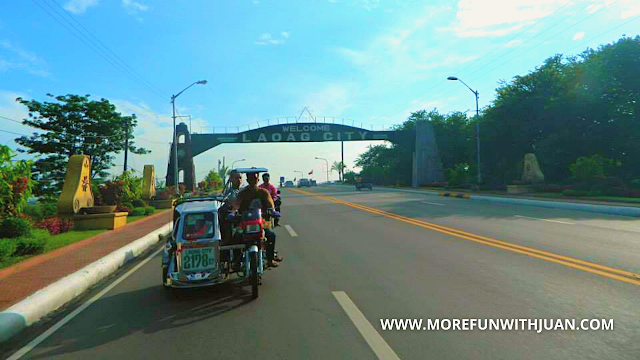 |
| Touring around Laoag and Paoay tourist spots in the morning in 2013 |
Travel Tips
- Book Tickets in Advance: Especially during peak travel seasons, it’s advisable to book your flights or bus tickets in advance to secure your travel plans.
- Check the Weather: Ilocos Region experiences different weather patterns, so it’s essential to check the weather conditions before traveling, especially during the typhoon season.
- Pack Accordingly: Prepare for your trip by packing suitable clothing, considering the weather and any specific activities you plan to undertake.
- Local Advice: Don’t hesitate to ask locals for advice or directions if you’re unsure about the best way to reach your destination. The people in Ilocos Region are friendly and helpful.
As you explore this enchanting corner of the Philippines, you not only witness the beauty of the past and present coexisting but also become a part of the timeless harmony that defines Ilocos Region.
List of Regions in the Philippines
- National Capital Region (NCR)
- Ilocos Region (Region I)
- Cagayan Valley (Region II)
- Central Luzon (Region III)
- Calabarzon (Region IV-A)
- Mimaropa (Region IV-B)
- Bicol Region (Region V)
- Western Visayas (Region VI)
- Central Visayas (Region VII)
- Eastern Visayas (Region VIII)
- Zamboanga Peninsula (Region IX)
- Northern Mindanao (Region X)
- Davao Region (Region XI)
- Soccsksargen (Region XII)
- Caraga (Region XIII)
- Bangsamoro Autonomous Region in Muslim Mindanao (BARMM)
- Cordillera Administrative Region (CAR)



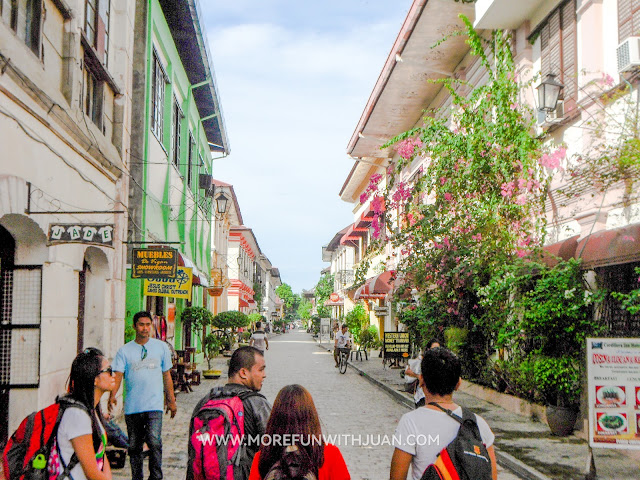
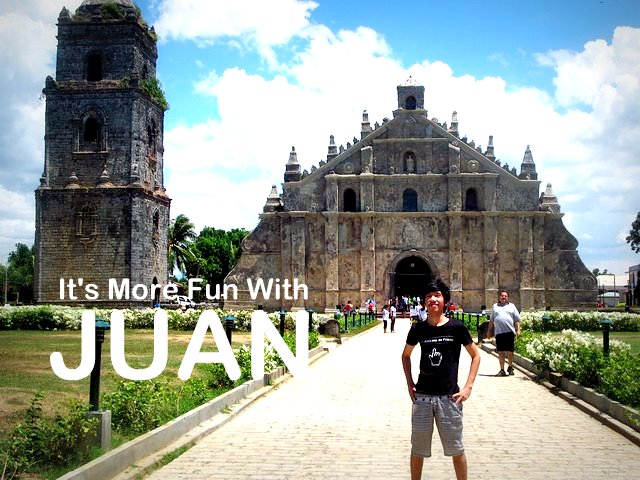



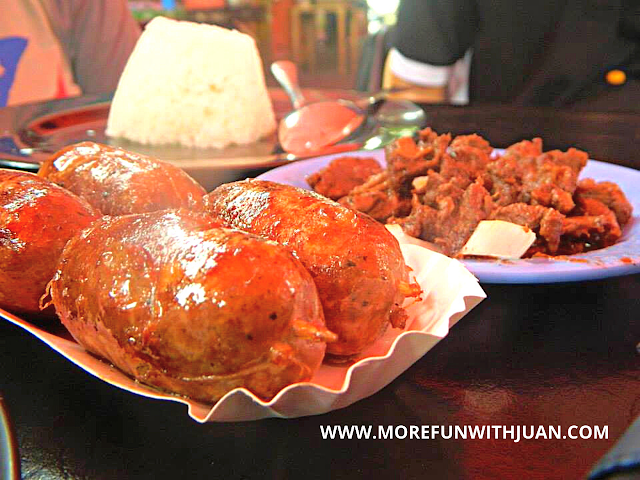


















No comments
Let us know your thoughts!